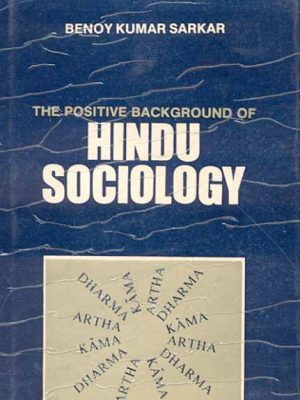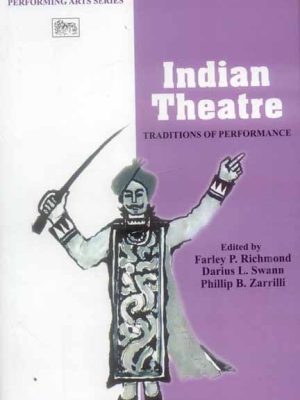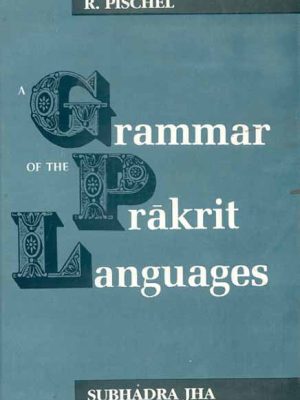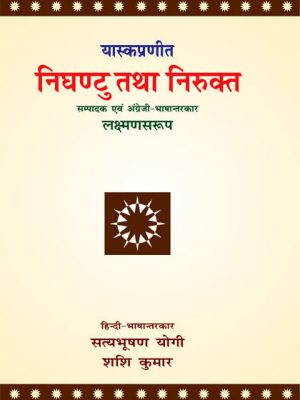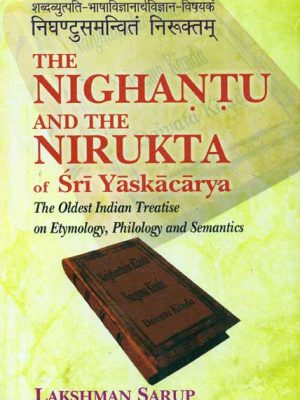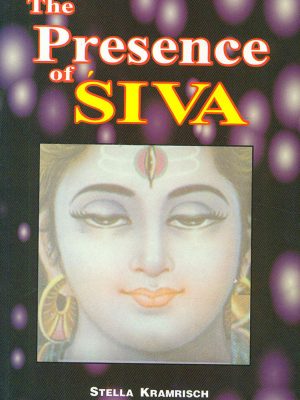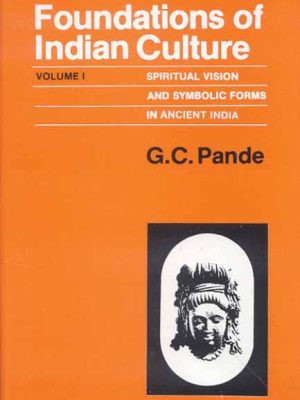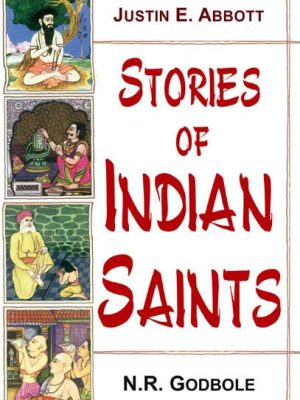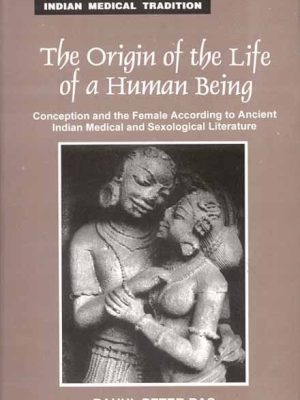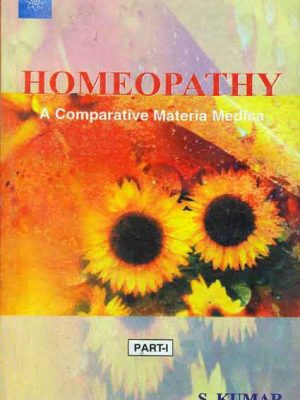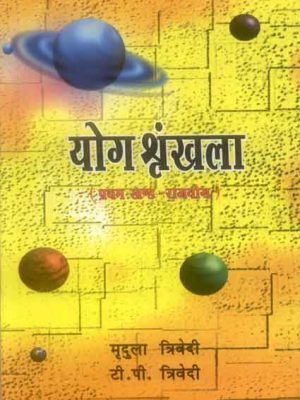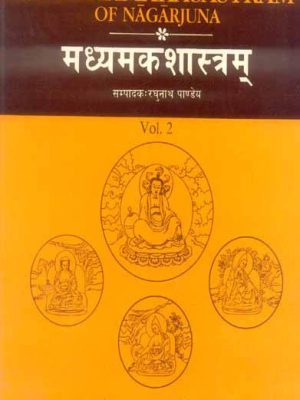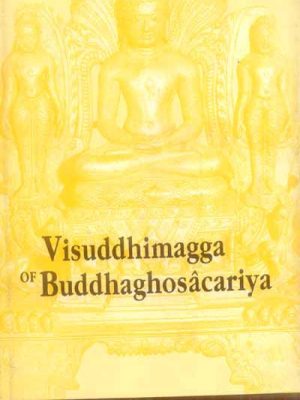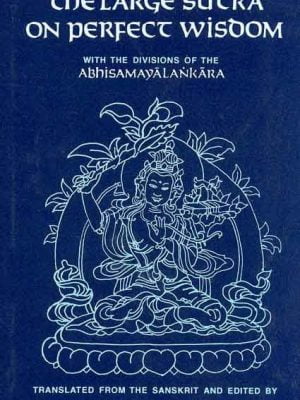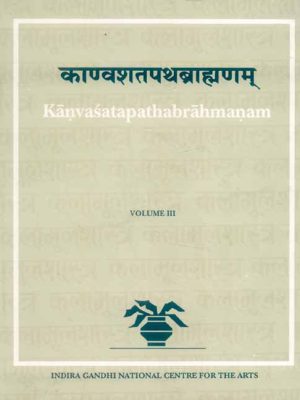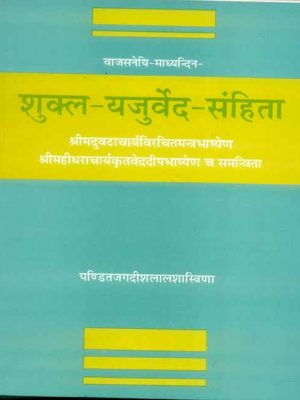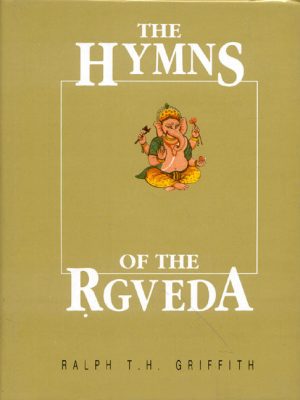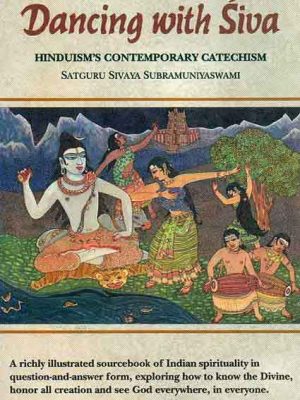Motilal Banarsidass
-
₹1,295.00
-
-
₹1,295.00
-
₹1,295.00
-
The Presence of Siva
One of the three Great Gods of Hinduism, Siva is a living god. The most sacred and most ancient book of India, the Rg Veda, evokes his presence in its hymns. Vedic myths, ritual, and even astronomy testify to his existence from the dawn of time. In a lively meditation of Siva-based on original Sanskrit texts, many heretofore not translated-Stella Kramrisch ponders the metaphysics, ontology, and myths of Siva from the Vedas to the Puranas.
Who is Siva? the author asks. Who is this god whose being comprises and transcends everything? None of the pairs of opposites, nor the sum of his uncounted names, defines him. From the down of creation, the Wild God, whose ancient name is Rudra, is Consciousness. He is the Great Yogi, the guardian of the absolute. His actions are the themes of the myths in which his nature unfolds.
By retelling and interweaving the many myths that continue to convey Siva’s presence as a living god in India today, Professor Kramrisch unfolds the paradoxes in Siva’s nature and thus in the nature of consciousness itself. The magnificent sculptures at Elephanta, illustrated at the end of the book, capture in another medium the presence of the god.
₹1,295.00The Presence of Siva
₹1,295.00 -
Foundations of Indian Culture: Spiritual vision and Symbolic Forms, in Ancient India (2 Vols)
Foundations of Indian Culture: Spiritual vision and Symbolic Forms, in Ancient India (2 Vols)
The Present volume I deals with the spiritual vision and symbolic forms. Here is has been upheld that the spiritual vision of India had two original aspects, the integral or synoptic vision of the Vedas, and the Sramanic vision of Transcendence. Purnata and Sunyata constituted the two poles round which Indian spirituality revolved. The author not only elucidates this bipolar matrix of Indian spirituality revolved. The author not only elucidates this bipolar matrix of Indian spiritual praxis or sadhana, but also traces its intricate ancient history. He goes on to trace the great symbolic forms-language, myth, science, literature and art-in which this basic vision expressed itself. In all these areas he brings out the basic general principles expressive of inner consciousness rather than present a mere selection of well-known details.
₹1,295.00 -
-
-
Shukla-Yajurved-Samhita
Shukla-Yajurved-Samhita
The Yajurveda Samhita or the prayer book of the Adhvaryu priest is recorded to have had as many as 101 recensions at the time of the grammarian Patanjali, out of which, only 5 have survived and are available at present, viz., Kathaka,Kapisthala, Maitrayani, Taittiriya, and Vajasaneyi, the first four belonging to the ‘Black Yajurveda’ and the fifth to what is designated as ‘White yajurveda.’ The Vajasaneyi Samhita which takes its name from Yajnavalkya Vajasaneya, the chief teacher of this Veda, has come down in two slightly differing versions known as the Kanva and the Madhyandina Samhitas. The chief difference between the texts of the ‘Black’ and ‘White’ Yajurveda lies in the fact that the latter contains only the Mantras, i.e., the prayers and sacrificial formulae which the priest has to utter, while the former contains in addition a presentation of the sacrificial rites belonging to them as well as the Brahmana or theological discussion on the same.
About the Author(s)
VENI RAM SHARMA GAUD
₹1,295.00Shukla-Yajurved-Samhita
₹1,295.00 -
Hymns of the Rgveda
Hymns of the Rgveda
The Rgveda, the earliest written record of the Aryan race and the holy text of the Hindus, has relatively few accurate translations in English. Most of the translations are just the imitations of interpretations which the mediaeval Hindus, as represented by Sayana, have supplied. Griffith’s is the only translation which, albeit led by Sayana, attempts to stray from him considerably and repeatedly. It may be considered as an independent translation heretofore done in English.
But this century old translation needs re-editing, requiring a new version containing advances without hurting the original. In this version the Greek letters have been romanized wherever there are references in the footnotes from the Greek language. The method of transcription has been modified even with relation to Avestan terms in the footnotes, following the system of Bartholomae. The whole translation has been published in a single book for the convenience of the reader. Each and every statistic in the index has been thoroughly examined and amended.
Author
R. T. H. Griffith
₹1,295.00Hymns of the Rgveda
₹1,295.00 -
Dancing with Siva: Hinduism’s Contemporary Catechism
Dancing with Siva: Hinduism’s Contemporary Catechism
A question-and-answer formatted reference on Indian spirituality that is vividly illustrated throughout. Topics covered include how to know the Divine, respect all creation, and recognise God everywhere and in everyone.
The Complete Master Course Series This book contains some information that has never been published before, and all of it is pertinent to your own awakening on the road to union with God. You will learn the deepest truths and insights of Indian spirituality inside this book. Dancing with Shiva is the first book of an unique trilogy that is collectively referred to as The Master Course. It represents the culmination of fifty years of yogic realisations and the sharing of the Hindu mystical teachings with aspirants. The trilogy is a comprehensive overview of astanga yoga, which is also known as raja yoga. Astanga yoga is comprised of eight distinct stages, each of which is reliant upon the step that came before it. These eight processes are known as yama (restraint), niyama (surveillance), asana (posture), pranayama (breath control), pratyabhara (sense withdrawal), dharana (concentration), dhyana (meditation), and samadhi. yama means restriction, niyama means observance, and asana means posture (contemplation).
The trilogy elucidates, in clear and concise words, why one must start at the beginning, with a solid foundation consisting of philosophical coherence and moral excellence, and then progress from there. The book “Dancing with Siva” explains the philosophical and Vedic-Agamic ideas, attitudes, and expectations that are central to the Saivite school of Hinduism.
The second book in the trilogy, titled Living with Siva, delves into the Saivite way of life, as well as its culture, family dynamics, the process of developing one’s personality, and the triumph over negative patterns of behaviour. It emphasises on yama, niyama and, in a lesser manner, asana and pranayama (hatha yoga).
Author
₹1,295.00
